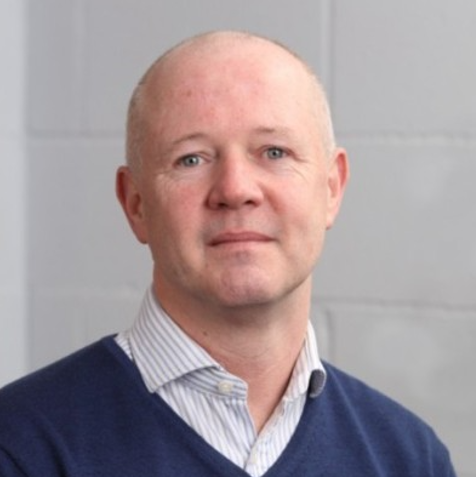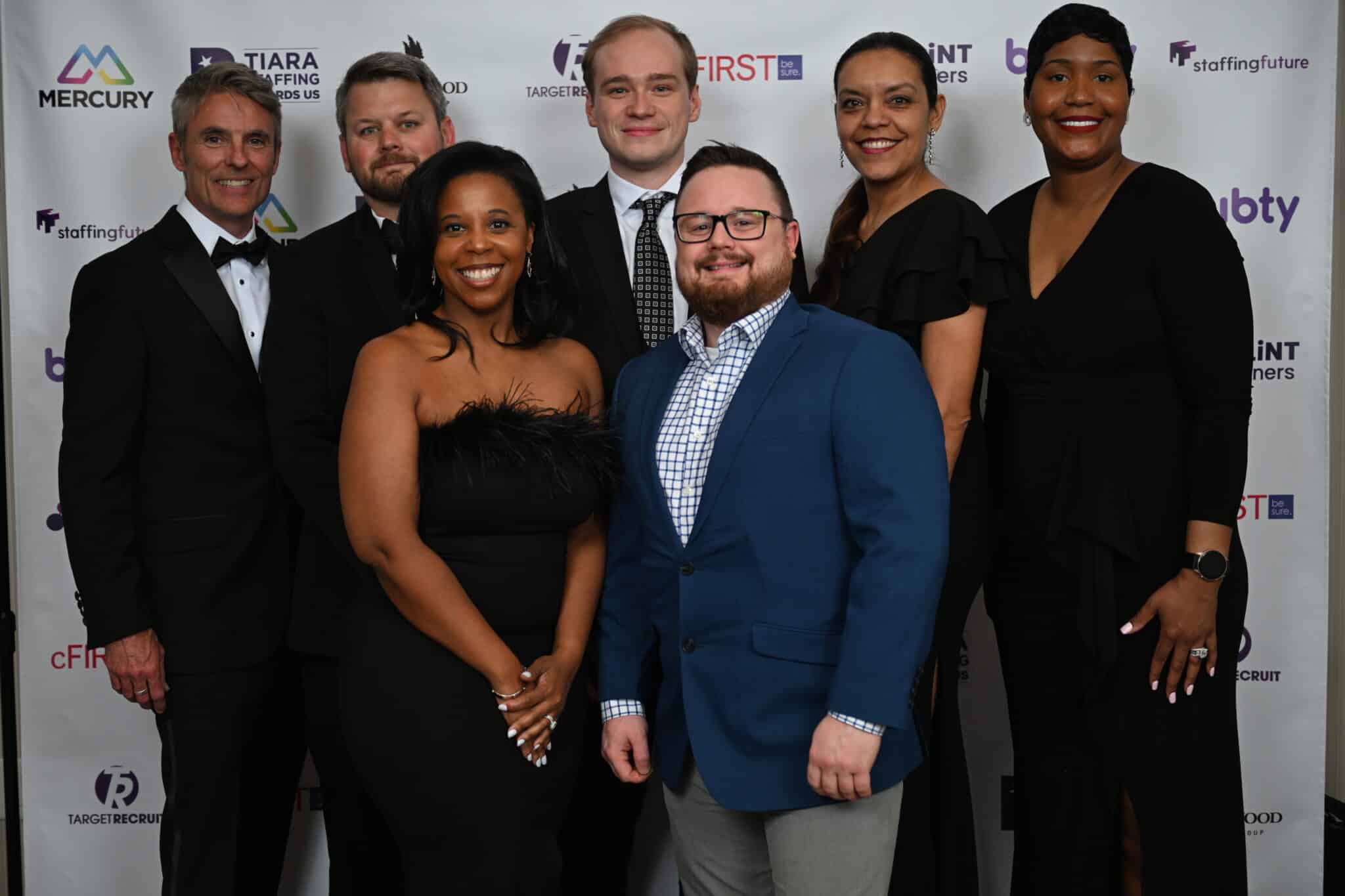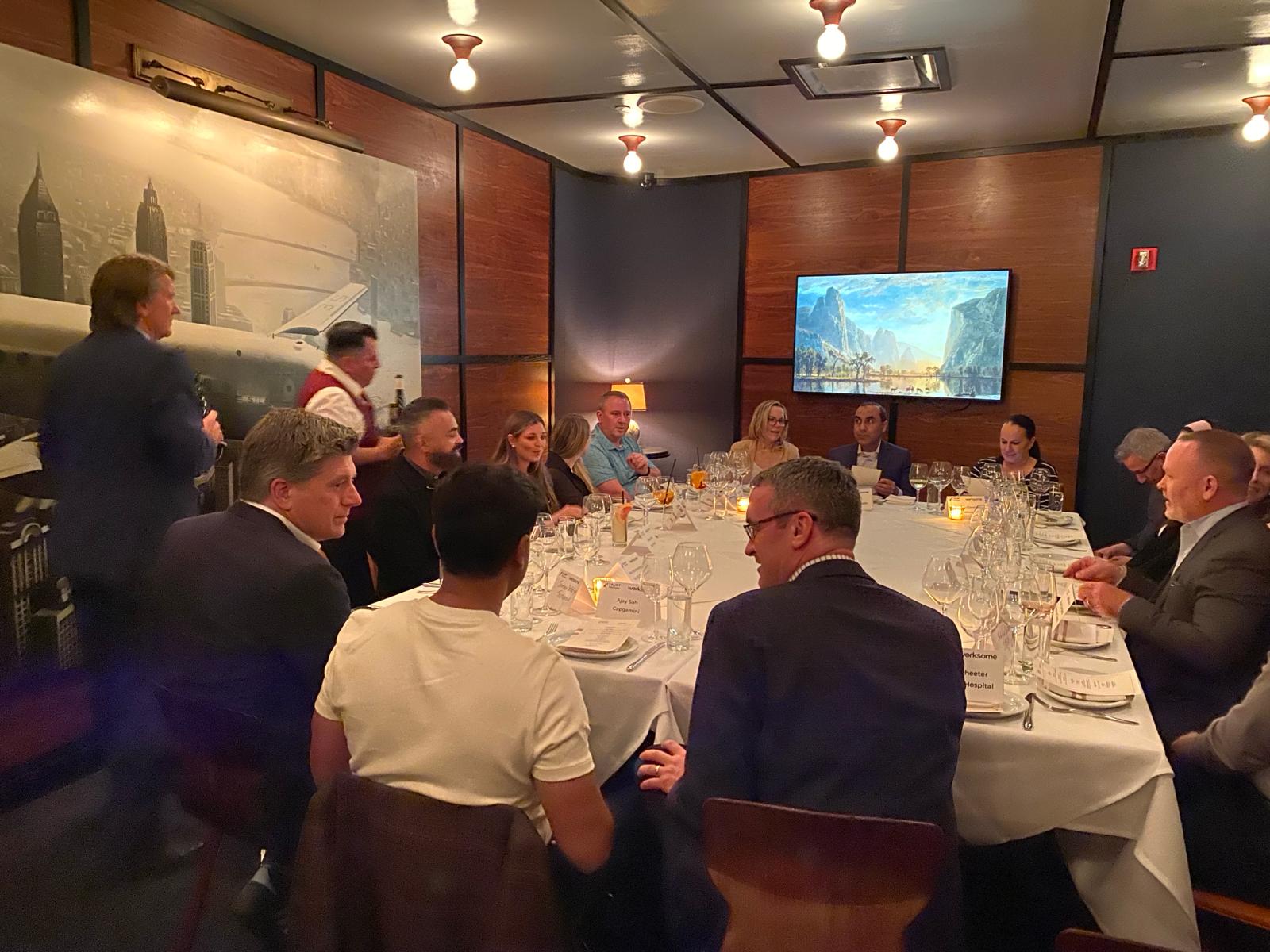But how diverse is the tech industry?
According to data released by UCAS, IT courses at UK universities have seen a record number of women applicants, a freedom of information request has revealed.
The UCAS-sourced data and collated by IT security solutions providers Cheeky Munkey was sought to identify the increasing diversity of demographics entering the UK tech industry, taking into account the specific courses being applied for, as well as the age and gender of the applicants.
During the last 10 years the number of female applicants to IT courses has increased by 82%.
Also, since 2019, there has been an increase of 10% in women applying to computer science roles while applications by men to the same courses rose by 52% in the UK. Since 2019 the increase in male applications stands at a mere 2%.
The news comes as figures from the Office for National Statistics showed that the tech industry was the third-fastest growing sector for job growth in the UK between July and September 2021, with women representing 71% of professionals placed during this period.
Diversity in the tech industry: how much more needs to be done?
Overall, the UK is seeing a growing surge in applicants studying to enter the tech industry — a 57% increase compared to a decade ago. With the pandemic highlighting the importance of digital transformations, it’s crucial that the UK is able to produce graduate tech talent to serve the growing need – especially in light of skills shortages.
Analysing the most recent data, courses in AI have the highest number of women applying, although the data shows that the figure is only just over one in five (21%). Software engineering courses have seen the largest increase in the share of women applying – just 8% of applicants were women in 2010, this rose to 14% in 2020, a 66% increase.
While great strides have been made to increase the number of women in tech, there is still work to be done to encourage women to join the sector. The data has revealed that computer science courses attracted 24,020 women applicants in 2021, compared to 117,295 male applicants. This equates to just 17% being female applicants, although it is higher than the 13% figure in 2013 – the lowest point in the last decade.
Graham Lane, Director of Cheeky Munkey, commented: “Demand for IT professionals is as strong as ever, especially with disciplines like artificial intelligence set to grow rapidly in the coming years. Failure to meet demand, by shutting certain groups out, and the UK could be left behind in an industry that’s crucial to the economy.
“Graduates provide fresh thinking and come to businesses equipped with the latest in IT theory. The more graduates – whether they’re men or women – entering the industry, the better the pool of talent available.”
Danielle Keegan, Head of Permanent Recruitment at VIQU commented: “Universities are now very aware of the lack of women in technology and are actively putting initiatives in place to attract women to study tech-focused courses. [According to] a PwC UK research report titled ‘Women in Tech – Time to Close the Gender Gap’, 78% of students could not name a famous female working in tech. I believe companies need to be actively working with schools and universities in order to highlight the achievements and work of women in tech.
Amit Kapoor, Director of Mindful Contract, a recruitment consultancy that focuses on interim resourcing for major digital transformation programmes, also made comment: “Many employers aren’t comfortable acknowledging, let alone declaring, that they have a representation problem. Language in a job description needs to be tempered to give assurance that the workload is manageable without requiring lifestyle sacrifices.
“We recently launched a campaign for a banking client that had identified women as an underrepresented category. We stated this position as-is on our job advertisement, explicitly encouraging application from women. This yielded a higher-than-usual rate of applications from women.”











